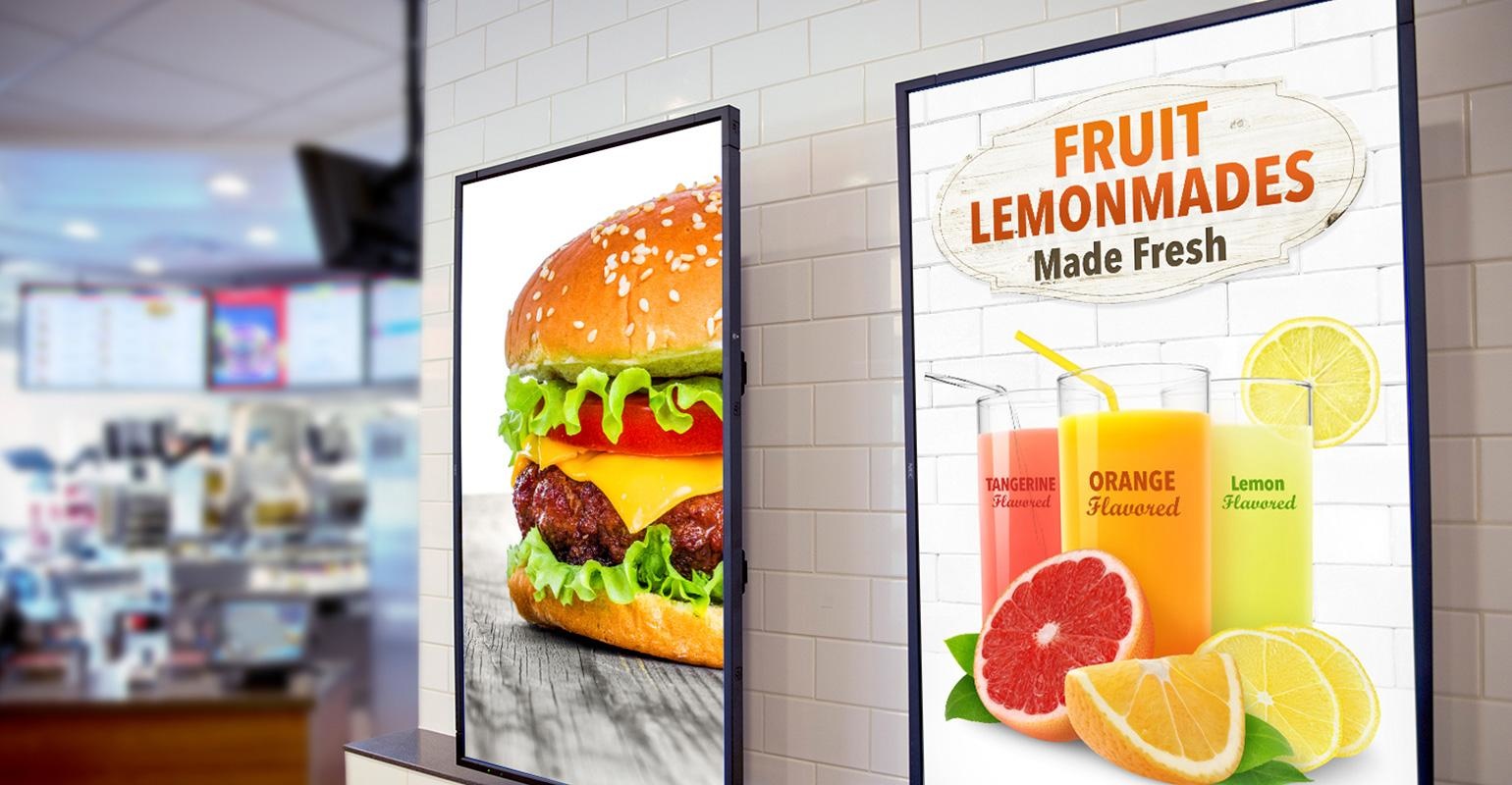Reshaping Engagement: The 2023 Blueprint for Digital Signage Marketing
This article explores the transformative trends in digital signage marketing for 2023, providing a strategic guide for brands. It covers AI-powered personalization, interactive touchscreens, AR integration, sustainable practices, content automation, immersive video walls, mobile integration, security focus, cloud-based management, and IoT device integration. Dive into how these innovations redefine customer engagement and offer new opportunities for interactive, effective, and environmentally conscious digital marketing.
Author
EZ-AD TVReshaping Engagement: The 2023 Blueprint for Digital Signage Marketing
Introduction
In the transformative landscape of 2023, digital signage marketing has emerged as a critical touchstone for brands aiming to captivate and engage audiences like never before. Pioneering advancements in technology are reshaping the way we interact with media, making digital signage an indispensable tool in the marketer's toolkit.
This article delves into the heart of this technology trends for 2023, offering a strategic guide for brands looking to navigate this new frontier.
AI-Powered Personalization
Artificial Intelligence is revolutionizing digital signage by enabling hyper-personalized content that resonates with individual viewers. This technology leverages real-time data and viewer analytics to tailor messaging and visuals to specific audience segments, increasing engagement and conversion rates.
Retailers like Amazon Go use this kind of signage to offer personalized shopping experiences. Using AI, the signage detects when a consumer approaches and displays custom product recommendations based on their shopping history.
Interactive Touchscreens and Gesture Control
Touchscreens and gesture controls are breaking the fourth wall of digital advertising, inviting audiences to engage directly with content. From wayfinding systems to interactive product displays, this technology fosters an active and memorable user experience.
Museums and galleries, such as the Cleveland Museum of Art, have installed interactive signage that visitors can manipulate via touch or gestures to learn more about exhibits.
Augmented Reality Integration
Augmented Reality (AR) is transforming the technology into gateways for immersive storytelling. By overlaying digital content onto the physical world, AR signage offers new dimensions of interactivity and information delivery, particularly effective in retail and educational settings.
IKEA's AR application allows customers to visualize how furniture would look in their home, an extension of digital signage marketing into personal devices, enhancing the customer’s shopping experience.
Sustainability and Green Digital Signage Marketing
Eco-consciousness is now a staple in digital signage, with a push towards energy-efficient displays and sustainable practices. Brands are not only reducing their carbon footprint but also enhancing their image in the eyes of environmentally aware consumers.
Companies like Timberland have implemented tech-enhanced signage solutions that reduce the need for printed materials, saving on paper and printing costs while offering dynamic content updates.
Content Automation and Dynamic Data
Automation in content management allows for the seamless update of digital signage with dynamic data feeds like stock prices, weather, and news, ensuring content remains relevant and engaging without the need for constant manual input.
Financial institutions, like banks and stock exchanges, use this technology to display real-time market data, providing clients with up-to-the-minute financial information.
Immersive Video Walls
The allure of video walls continues to grow, offering larger-than-life canvases for high-impact advertising and brand storytelling. Expect to see more of these captivating installations drawing crowds in various public and corporate spaces.
In places like Times Square, video walls have been employed to create impactful advertising spaces that engage consumers with life-size graphics and compelling visuals.
Mobile Integration
In a mobile-first world, this cutting-edge technology is increasingly intertwined with smartphones. QR codes and mobile apps extend the reach of digital displays, allowing for a continuous engagement loop that begins at the sign and continues on personal devices.
Quick-service restaurants have leveraged digital signage with QR codes, allowing customers to scan and access menus on their mobile devices, place orders, and receive personalized offers.
Security and Privacy Focus
As this technology becomes more interactive, a parallel focus on security and privacy ensures that user data is protected. This is crucial for maintaining consumer trust and adherence to data protection regulations.
Many corporate offices now use digital signage that integrates with their security systems to provide information only to authenticated users, enhancing privacy and data security.
Cloud-Based Signage Management
Cloud solutions are streamlining the management of digital signage networks, enabling remote content updates and ensuring consistency across various locations and platforms.
Chain retailers use cloud-based digital signage to ensure that marketing campaigns are consistently deployed across all locations, with the ability to update content in real time from a central location.
Integration with IoT Devices
The Internet of Things is expanding the capabilities of this technology, enabling screens to react and update based on sensor data, such as audience proximity, weather changes, and more, enhancing the relevance and timeliness of content delivery.
Smart city initiatives have integrated it with IoT devices for public information systems, providing real-time updates on weather, traffic, and local events.
Conclusion
The year 2023 stands as a milestone in digital signage marketing, marked by a wave of innovations that redefine engagement and communication strategies.
By embracing these trends, from AI personalization to AR integration and beyond, businesses can unlock new potentials in audience interaction, forge deeper connections with consumers, and pave the way for a future where this technology is not just seen but experienced.



